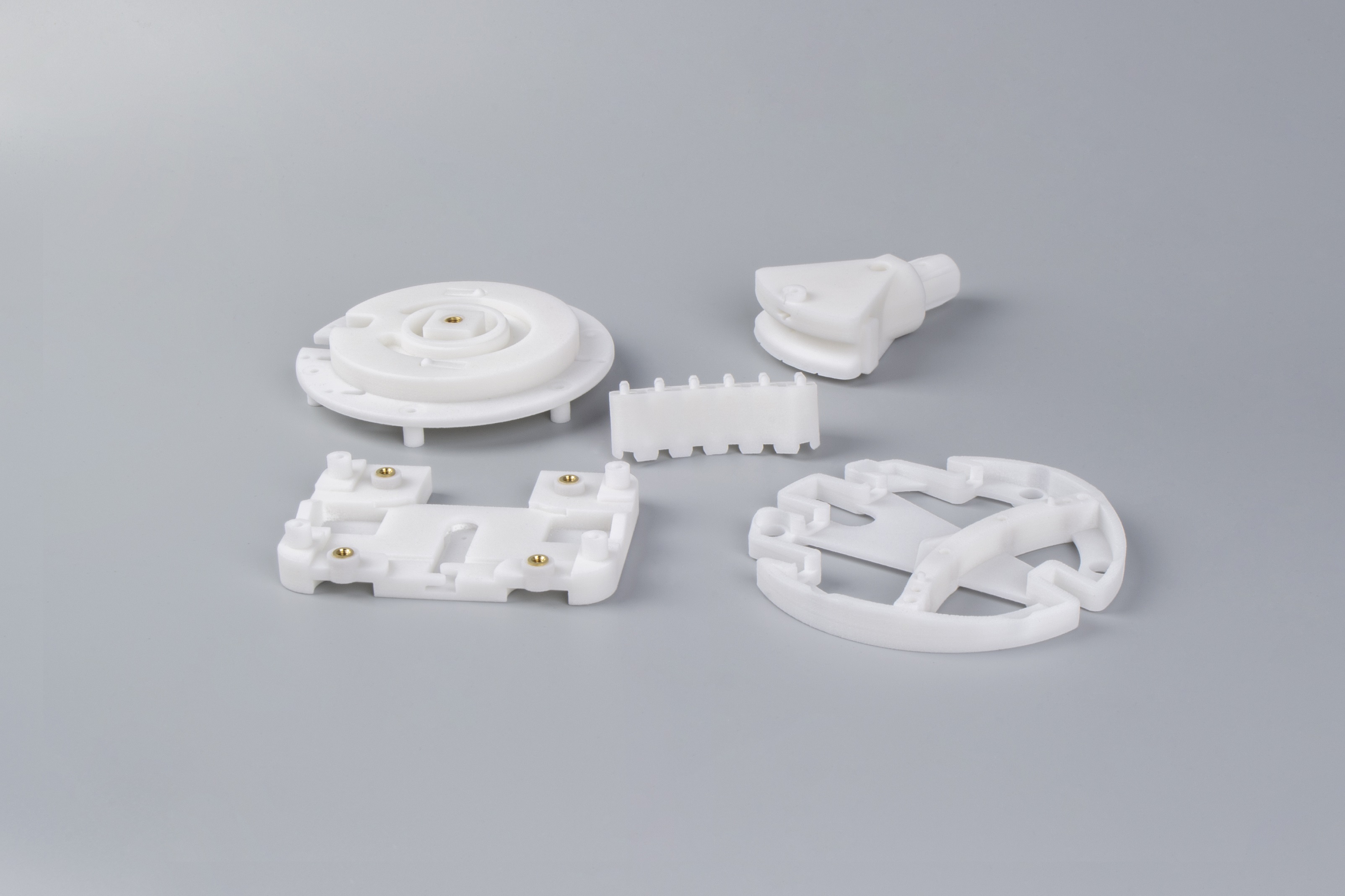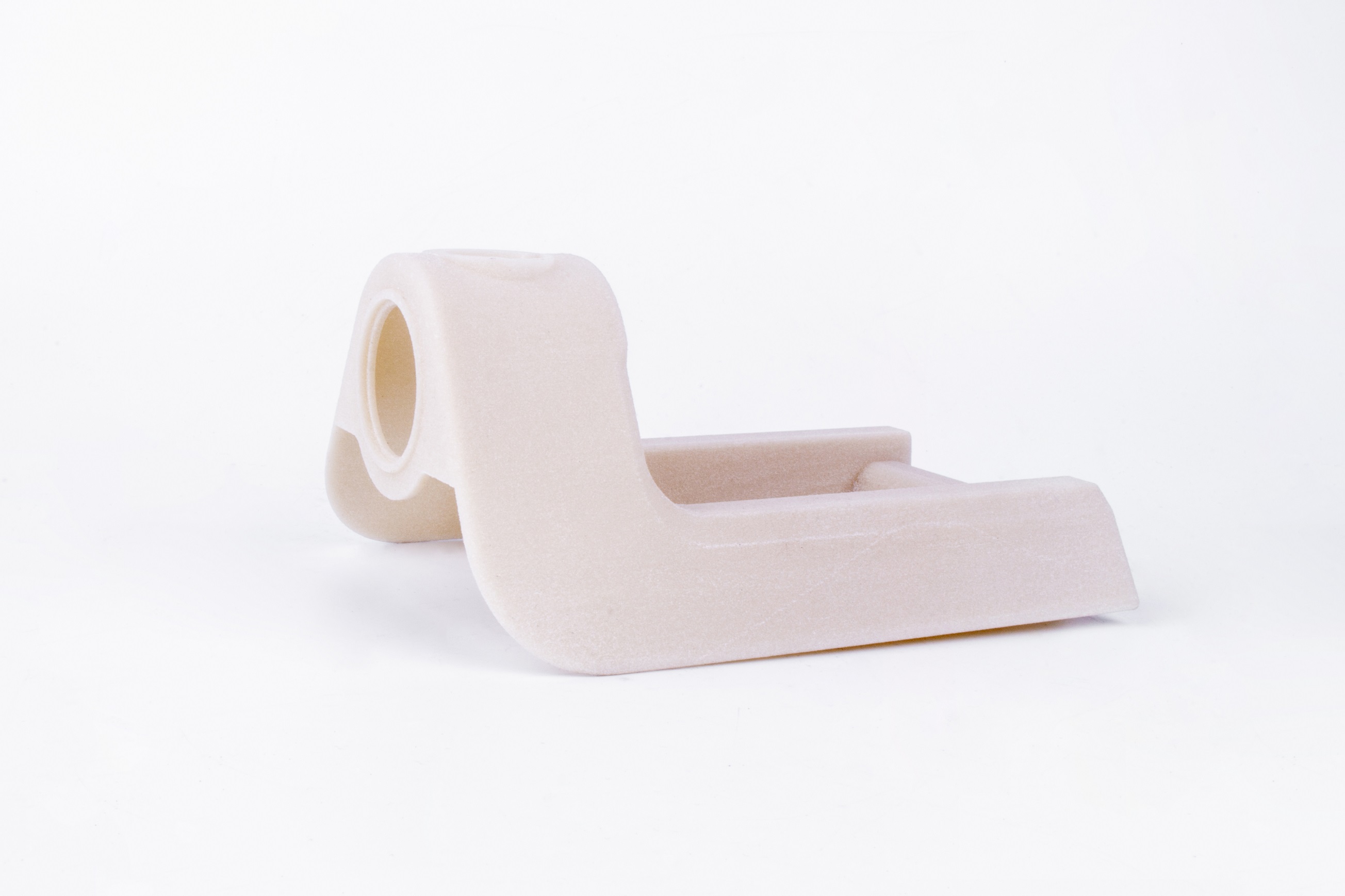SLS vs FDM: Everything You Need to Know
3D printing technology has revolutionized manufacturing and prototyping across countless industries. Two of the most popular and widely used 3D printing technologies are Selective Laser Sintering (SLS) and Fused Deposition Modeling (FDM). Both offer distinct advantages and disadvantages depending on the application. This article provides a comprehensive comparison of SLS and FDM to help you determine which technology is better suited for your needs.
What is SLS?
Selective laser sintering (SLS) is an additive manufacturing technique that uses a high-power laser to fuse small particles of plastic, metal, ceramic, or glass powders into a 3D object. The laser selectively sinters powdered material layer-by-layer based on a CAD model. SLS utilizes powder bed fusion technology to produce solid objects from digital designs without the need for dedicated tooling or molds. The process involves spreading thin layers of powder evenly across a build platform and then tracing cross-sections with the laser to melt powder grains together. After one layer is fused, the next layer of powder is applied and sintered. The process repeats until the full object is complete. SLS produces durable parts with high accuracy and fine detail resolution. It enables the creation of intricate geometries and inner channels that are difficult or impossible to produce using traditional manufacturing techniques.

Pros of SLS
- Excellent mechanical properties comparable to injection molding: SLS produces highly dense parts with excellent tensile strength, elongation, and impact resistance matching or exceeding injection molded plastics. This makes SLS suitable for functional end-use components.
- Very high accuracy and fine detail resolution: The SLS laser can achieve detail resolution down to 0.001 inches, enabling precise replication of intricate designs. Small complex features are recreated accurately.
- Minimal support structures required: Due to the powder bed method, SLS can print geometries such as overhangs and undercuts that normally require support on other printers. This reduces material use and post-processing.
- Complex geometries and enclosed voids/channels can be printed: The unrestricted powder bed approach allows SLS to fabricate complex internals like hollow parts, tubes, or cooling channels that could not be molded through traditional manufacture.
Cons of SLS
- Rough, porous surface finish requiring post-processing: The layered powder approach leads to a characteristically grainy surface texture. Additional finishing is required such as sanding, coating, or vapor smoothing.
- Limited material options: Primarily nylon powder is used, restricting choice compared to other 3D printing processes. However, some SLS machines can print other thermoplastic-based powders.
- Comparatively slow print speeds: Print speed is limited by the scanning rate of the laser across each layer. SLS is slower than extrusion techniques but faster than other powder bed fusion methods.
- High machine and material costs: Industrial SLS printers start at around $150,000. Materials are also more expensive than extruded plastics at ~$150 per kg for nylon powder. This makes SLS better suited for mid to large production batches.
What Is FDM?
Fused deposition modeling (FDM) is an additive manufacturing process that works by extruding thermoplastic filament layer by layer to construct a 3D object. The technology uses a print head that heats and melts the filament material which it then extrudes through a nozzle onto a build platform. The melted material hardens immediately to form solid layers stacked on top of each other. The print head moves horizontally and vertically to deposit material in the pattern of each cross-section. The build platform lowers after completing each layer allowing the next layer to be deposited on top. This process repeats until the full 3D object is fabricated from the bottom up. FDM allows rapid prototyping and production of intricate plastic parts with good accuracy at a relatively low cost.

Pros of FDM
- Wide range of thermoplastic materials available: FDM printers can utilize a broad selection of engineering-grade thermoplastics such as ABS, PLA, PETG, and TPU as well as composites like carbon fiber and metal fills. This allows dialing in specific strength, flexibility, temperature resistance, and other properties.
- Fast print speeds possible: FDM machines can print rapidly by extruding thicker layers at high feed rates. Parts can be fabricated in a fraction of the time of SLS.
- Low machine and material costs: Desktop FDM printers cost $200-$5,000 while industrial machines range from $10,000-$50,000. Filament is also inexpensive at around $20-$50 per kg.
- Minimal post-processing needed: FDM parts require only support removal and sometimes sanding or painting. No lengthy smoothing or infiltration is required as with SLS.
Cons of FDM
- Lower accuracy and resolution compared to SLS: FDM is limited by extrusion nozzle diameter, typically 0.4mm resulting in visible layer lines and less fine detail capability.
- Horizontal layer lines visible: The layered extrusion process inherently produces visible stepping between layers affecting surface finish and aesthetics.
- Overhangs and bridges require support material: FDM cannot print unsupported overhangs which requires disposable supports adding material use and post-processing.
- Limited in complex geometries: FDM cannot produce the complex internal channels, tubes, and undercuts possible with SLS powder bed fusion technology.
Overall FDM offers greater material flexibility, faster printing, and lower costs but loses out to SLS in terms of accuracy, surface finish, and complex geometry capabilities. Each process has advantages that make it preferred for certain applications in manufacturing.
What Are the Differences Between SLS and FDM?
SLS vs. FDM: Technology
The core technologies behind SLS and FDM are vastly different. SLS utilizes a laser to selectively fuse powder while FDM extrudes melted plastic filament.
This leads to major differences in accuracy and the types of objects each can print. The laser in SLS allows remarkably fine detail down to .001” layer resolution. FDM is limited by the width of the extrusion nozzle, typically a .010”-.020” layer height.
SLS can also print complex internal structures not possible with FDM which must have a continuous external shell.

SLS vs. FDM: Material Options
SLS machines generally utilize nylon powder. Nylon offers excellent strength, flexibility, heat resistance, and more. However, the number of SLS material options is limited compared to FDM.
FDM printers can utilize a broad range of thermoplastic filaments from basic PLA and ABS to advanced composites and metal-fill filaments. Engineers can select the optimum material properties for each application.
SLS vs. FDM: Print Volume
Industrial SLS printers offer build volumes ranging from 10” x 10” x 12” up to 21” x 21” x 18”. This enables the printing of moderate to large parts in a single piece.
FDM printers have smaller build volumes, typically under 10” x 10” x 10” for desktop models and 12” x 12” x 18” for industrial. This may require splitting larger parts across multiple print jobs.

SLS vs. FDM: Finished Product
A key advantage of SLS 3D printing is the excellent mechanical properties of the nylon parts approaching injection molded plastics. The layers fuse together to form a dense, strong finished product.
FDM parts have visible layer lines and weaker bonding between layers. The properties depend heavily on print orientation and settings. FDM parts are suitable for prototyping but may lack the strength for functional end-use components.
Post-processing is required for SLS parts to smooth the rough texture and remove any unsintered powder. FDM parts only require support material removal and sometimes sanding.
SLS vs. FDM: Cost
The cost to operate SLS is higher than FDM in most scenarios. Industrial SLS printers start at around $150,000 while FDM machines are available for under $5,000.
Materials are also far cheaper for FDM with ABS and PLA filament costing ~$50 per kilogram compared to ~$150 per kilogram for SLS nylon powder.
For very high productivity, SLS provides a lower cost per part. But for prototyping and shorter runs, FDM offers major cost savings.
SLS vs FDM: Which is Better?
Determining if SLS or FDM 3D printing is more suitable heavily depends on the specific application and production goals. Each technology has definite strengths making it preferred for certain use cases.
SLS is typically the better choice when:
- High strength, detail, and dimensional accuracy are critical for end-use parts and functional prototypes. SLS can produce dense nylon components rivaling injection molded plastic properties.
- The design contains complex internal geometries like hollow sections, tubes, or enclosed voids that cannot be fabricated with FDM.
- Large parts are required that exceed the build volume of smaller FDM machines. Industrial SLS printers offer build envelopes over 500 cubic inches.
- A smooth surface finish is desired, achievable on SLS parts with vapor smoothing, sanding, and professional painting. No layer lines are visible.
FDM is typically the better choice when:
- Speed and low cost are the primary goals such as for conceptual modeling and iterating on early-stage designs.
- Size constraints make smaller desktop FDM printers preferable over large industrial SLS systems.
- The ability to use diverse materials is needed from basic PLA to ABS, nylon, TPU, composites, and more.
- Only moderate detail and accuracy are required, making FDM’s layer lines and lower precision acceptable.
For most prototyping and manufacturing needs, SLS and FDM can complement each other. SLS handles optimized end-use parts while FDM enables faster and more affordable concept models. Considering the strengths of both technologies results in the best process selection.
Conclusion
SLS and FDM both deliver practical solutions for 3D printing, but their differing capabilities make them suitable for unique applications.
SLS utilizes powder bed fusion for highly accurate and strong nylon parts with fine details and complex internal geometries. FDM jets melted plastic to build reasonably accurate models with a fast and economical process.
By understanding the core differences between SLS and FDM outlined in this article, engineers can determine which technology is the right fit to meet their rapid prototyping and manufacturing needs.




